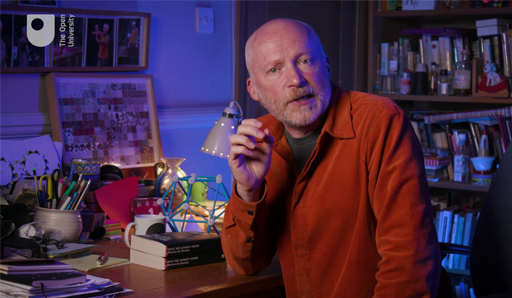2.4 When order matters…
If you rotate a triangle twice – first by one angle, and then by another – it does not matter which rotation is done first. Either way, the net rotation is the same, being the sum of the two angles. The two rotations can be said to ‘commute’ with each other, meaning that the order in which you perform them does not matter.
This probably isn’t an unfamiliar concept to you – it applies when adding or multiplying numbers. The order here does not matter either. Whether you take 2 x 3 or 3 x 2, the answer is 6 in both cases.
This property is true for any pair of rotations in the plane about the same centre, whether they are symmetries of our triangle, symmetries of some other regular polygon (such as a regular pentagon) or any pair of rotations with arbitrary angles. The only difference will be the number of rotations you get, which depends on the number of corners on the polygon. Groups that have the property that any two transformations commute with each other are called ‘Abelian’ groups, named after the Norwegian mathematician Niels Henrik Abel.
So, going back to our triangle, what about order when reflections are involved? Let’s check what happens when the transformations from Activity 3 are performed in the opposite order.
Activity 4 Testing the order
Starting from the original position, reflect the triangle in the symmetry line through the top corner, and then rotate the triangle anticlockwise by 120 degrees. What happens?
Answer
Reflecting first, the corners are moved according to 1 → 2, 2 → 1, 3 → 3. Rotating by 120 degrees now gives us 1 → 2 → 3, 2 → 1 → 2 and 3 → 3 → 1. The net effect of the combined transformation is that corner C2 is back in its initial position, while C1 and C3 have swapped places.
Recall how in Activity 3, the combined transformation fixed C1 at position P1, while C2 and C3 swapped places.
It turns out the order in which the transformations are performed matters – in other words, they do not commute! Both orders result in a net reflection, but they are reflections in different symmetry lines.
If you like, see what happens when you experiment with rotations of three-dimensional objects. You will find that for rotations around different axes, it matters in which order you rotate.
Watch Video 3 to see Marcus testing this out.

Transcript: Video 3 Order of operations
Now, let’s take these learnings back to particle physics.
